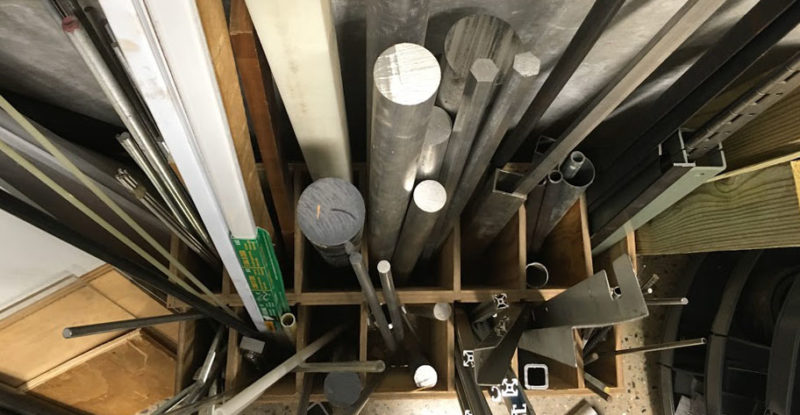Letting students take control of the CNC machine for the first time each semester can be terrifying enough if they were paying attention to your wise words of caution, but we all know some of them weren’t taking studious notes. An easy way to save your machine and nerves is to give your students forgiving workpieces, like machinist wax, wood, or plastic, but that’s not always the best solution.
Students take your classes to learn about machining, and part of that includes feeds and speeds, tool geometry, and the basics of metallurgy for their workpieces. For beginner classes, those soft materials are great so they can learn how to control the machine, but, after that, let them learn the hard way.
Aluminum is a relatively cheap and soft workpiece material that can still make functional parts, such as brackets for FIRST Robotics teams, or structural components for Formula SAE teams. It also teaches the lessons you want to convey during lessons, such as identifying chatter and potential cutting tool damage, but with less risk of breaking things. Just to show you some numbers, I went onto Speedy Metals to compare prices of a few of common classroom materials:
- 1” x 2” x 4” Piece of Steel: $4.40
- 1” x 2” x 4” Piece of 2024 Aluminum: $9.96
- 2” Rod of White Nylon, 4” long: $10.48
- 1” x 2” x 4” Piece of 360 Brass: $25.88
- 1” x 2” x 4” Piece of 303 Stainless Steel: $26.88
To counter these prices, keep in mind your students have a higher chance of burning up a couple tools on the steel as well as longer cutting times compared to aluminum, so the extra price usually is worth it. I’m a firm believer in students learning through consequences, like breaking tools and crashing machines, as long as there isn’t a lot of down time or cost associated with it.
This may be a pie in the sky motto – since it normally includes a larger budget and lots of time to babysit students – but if you can find one or two times a semester for each student to learn these lessons, the more understanding students will leave your classroom with. And that’s always the goal, right?


